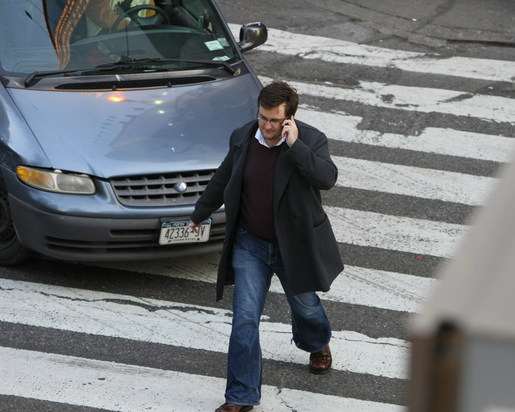If you are traveling for this holiday, it is important that you don’t just throw a few things in a suitcase, and head for the sunset! Make your plans based on safety, no matter how you plan to travel.
As service stations gear up by hiking their gas prices, airlines may have limited discount flights available, but highway traffic is a nightmare. Prepare for your trip by mapping your route and then using road services, travel associations, the internet, news and any other source you can find to get updates. Remember that traveling at off hours can save you both money and time, not to mention hassle.
You’d love for your Memorial Day weekend trip to be fantastic with perfect weather, but we all know how Mother Nature loves to mess with vacation plans. Check out a reliable weather resource, and plan to pack the proper clothes. Just because it’s warming up in some areas, there may be need for a sweater for evenings, or other warm clothing for camping.
You don’t need to have a specific budget, but it’s a good idea to know how much you can afford to spend for the weekend and to have a rough idea of how much your planned adventures will cost. Understanding the price of travel, lodging and activities is a great start. Then you’ll have a better idea of how much to spend on meals and incidentals. (Especially if you plan to frequent a casino, make up your mind how much you can afford to gamble, and if you lose, stop; don’t try to catch up!)
When driving, leave early enough to arrive at your destination in plenty of time. Remember, you state law enforcement officers will be working extra personnel in order to ensure your safety, by seeing that you don’t speed. Don’t drink and drive, or you could possible wind up with different accommodations than you had planned! Also, don’t text and drive.
If traveling by car, be sure to notify family members or friends of your planned destination, and when you plan to arrive. If you find you may be late, be sure to let them know where you are and not to send out the Mounties, that you should be there within a certain time.
Take a survival kit along, just in case: a first-aid kit, plenty of water, some non-perishable foods and snacks, your cell phone, a blanket, and pet food if your four-legged friends are traveling with you. Whether you are flying or driving this holiday, stock up with hand sanitizer, as many surfaces will be shared very often by others; doorknobs, arm rests and trays on planes, gasoline pumps, just about anything you touch while traveling. There are some ugly bugs that seem to thrive on those who are traveling on planes, trains, or automobiles!
For this first outing of summer, we wish everyone a safe journey, or if they stay home, a restful day. Have a fun and safe summer; watch for the kids in the neighborhood because sometimes they forget to watch for you!



